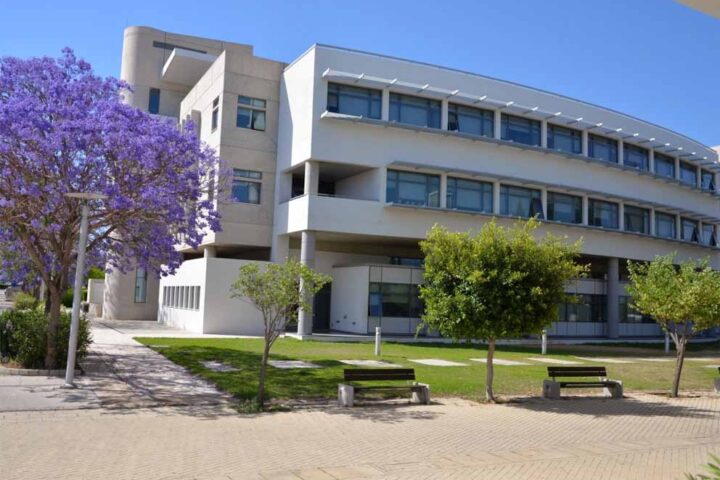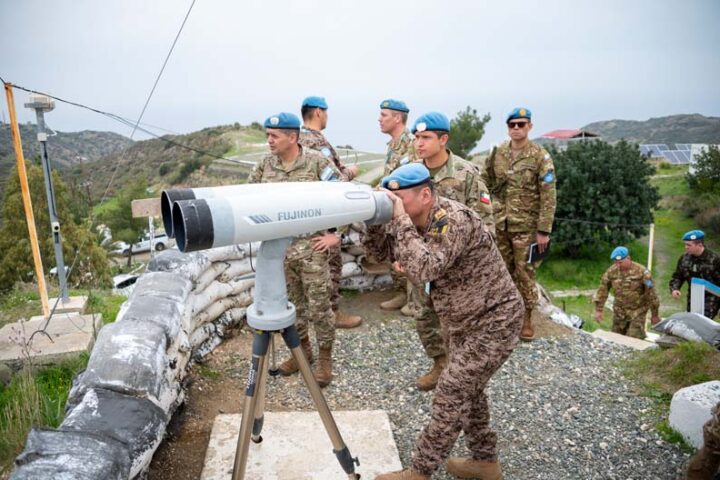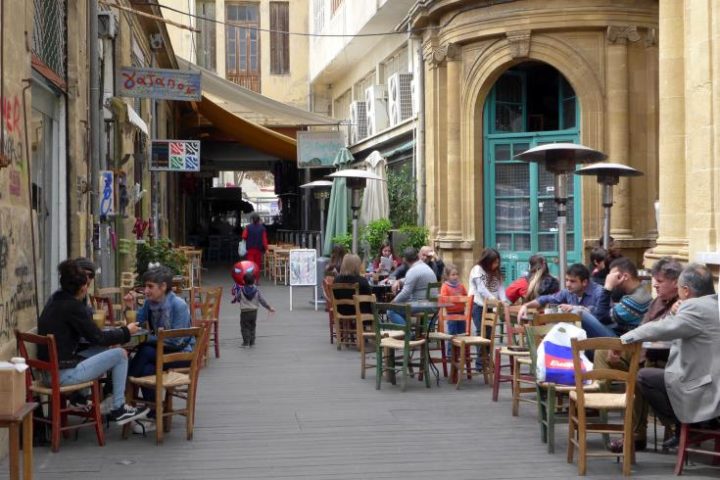The Employers and Industrialists Federation, OEV, has submitted a package of proposals to the national Industrial Development Council, headed ex-officio by the Minister of Commerce, Industry and Tourism, that aims to revive what little’s left of the island’s manufacturing sector.
The Council, it seems, is currently considering a strategic plan to look at the viability of the manufacturing and processing sector, the one-time backbone of the flourishing clothing and leather industries.
However, for any strategic plan to be put into proper and effective use, the government must first decide if it is willing to support any revival of the manufacturing sector, albeit in new areas.
For this to happen, OEV said that it needs a clear signal with specific measures and not generalities, as was the case of the 5-, 7- and 10-year plans for the tourism sector that are still not too clear to anyone.
The Industrialists’ Federation rightly wants to see more incentives and practical measures of support to the existing industrial units and in order to attract any new investors into the field.
The name of the game is innovation, investment and research that should go parallel with academic education and vocational training of semi-skilled workers in order for “Made in Cyprus†to regain its competitive edge it used to enjoy in the late 1970s and in the 1980s.
Perhaps OEV’s proposals to start with a two-pronged plan, ie. to support and sustain any traditional and local industries and to encourage the new sectors that have a promising future, is a good point to start from.
Despite the problems that it has faced, and on many occasions without any state support, the island’s industrial sector continues to employ 38,000 people. Combined with synergies with other sectors, this could once again be regarded the backbone of the economy which has been lingering due to its exclusive “all eggs in one basket†approach of allowing tourism to overshadow all else (and we are now suffering the consequences), while the highly-profitable services sector remains hostage to developments in regional or neighbouring markets.







